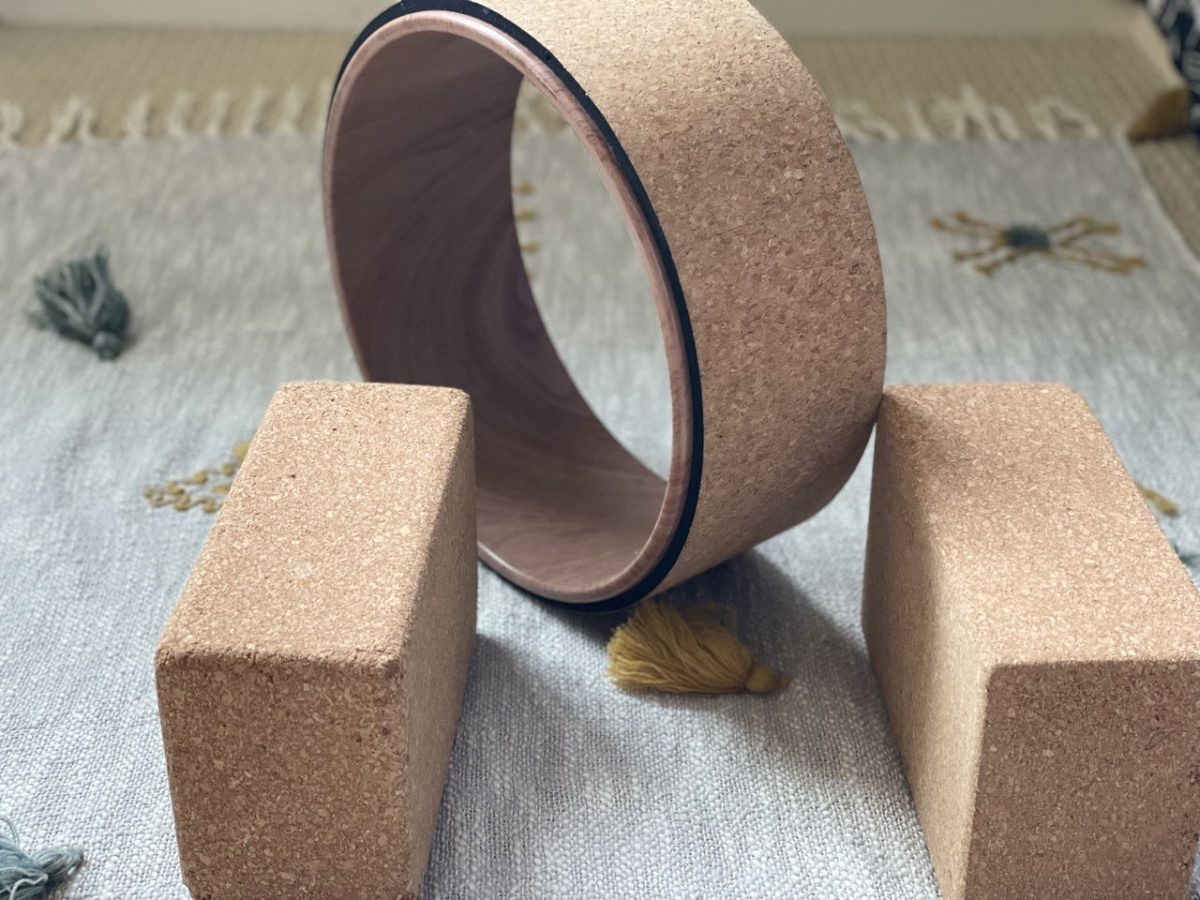According to Traditional Chinese Medicine (TCM), spring governs Liver and Gallbladder meridian which, in their turn, correspond to tendons.
While it is always a good idea to exercise the muscles and stay active, our connective tissue – fascia, ligaments, tendons, elastic fibers, capsules around joints and organs, everything that “glues” our physical body together – needs special attention and elasticity during this time as well.
Yin Yoga stretches the densest areas in the body which is hips, pelvis and low back. This means that most Yin poses are done on the floor with the help of pillows, bolsters and blankets.
Props are essential in Yin as they provide a safe cushioning for bone and joints alignment as well as stiff / resisting muscles.
Long, deep hold of each pose – 3 to 20 min- helps us access the layer of connective tissue that starts to respond within 120 second time period.
Similar to acupuncture, these long yin holds target the areas of stagnation of energy (Qi stagnation or disruption) that shows as pain, inflammation, tenderness in the body.
Physical benefits of Yin Yoga:
- Increase flexibility and mobility
- Reduce risk of injury
- Help with joints’ full range of motion
- Decrease back pain and swelling
- Help with muscle soreness
- Aid in postural alignment (tight muscles can cause poor posture)
“Yoga does not transform the way we see things. It transforms the person who sees. “
– B.K.S Iyengar
I am here to share my knowledge, support your growth and practice with you.
